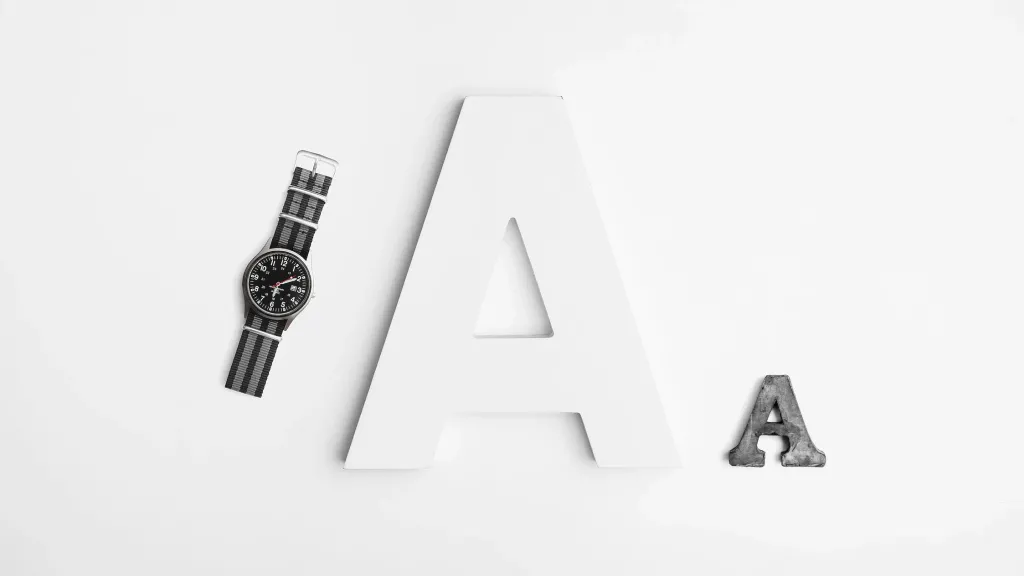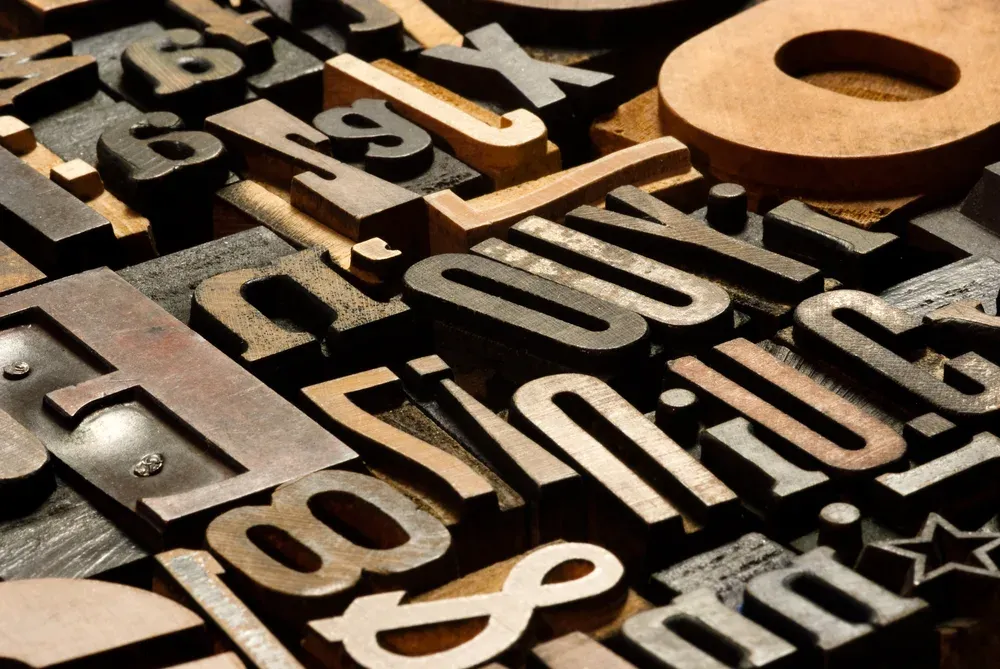What you need to know about fonts

Imagine that you have a fantastic idea in your head that you want to bring to life. It’s sleek design or powerful message, but something is missing, namely the perfect font. Fonts, like colors, can evoke emotions by setting the tone of your project. Choosing the right font can be the key to success, while the wrong one can leave your message behind unnoticed
Let’s learn the secrets of choosing the perfect font! Get ready to enhance your design with thoughtful typography.

Classification of fonts
Font families are a classification system that groups fonts into different groups based on their shared characteristics and design features. It helps designers and typographers understand the relationship between different fonts, making it easier to choose and combinations of fonts for different projects. Fonts can be conditionally divided into the following categories:
-
Old style Fonts such as Garamond and Caslon have a moderate contrast between thick and thin strokes, as well as distinctive bevelled serrations.
-
Transitional With sharper serrations and higher contrast, typefaces like Baskerville and Tinos fill the gap between the old style and modern fonts.
-
Modern These fonts have a high contrast between thick and thin strokes, are characterized by minimal serrations or their absence, like Bodoni and Didot.
-
Bruskovi Fonts like Rockwell and Clarendon have heavy, blocky serifs and are often used for emphasis.
-
Grotesque fonts without serrations Early sans-serif typefaces, like Franklin Gothic and News Gothic, have minimal contrast and a somewhat crude appearance.
-
Neo-grotesque fonts without serrations Fonts like Helvetica and Arial are known for their simplicity, clean lines, and even stroke widths.
-
Humanist fonts without serrations Fonts like Gill Sans and Frutiger are influenced by traditional serif typefaces with subtle variations stroke widths.
-
Geometric fonts without serrations Futura and Avenir fonts are based on geometric shapes and have a modern, minimalist look.

5 factors to consider when choosing a font
1. Audience and target market.
When choosing a font, always keep in mind the audience you are trying to reach. Consider her age, interests and preferences. A playful, casual font may be ideal for a children’s book, while a professional, concise font is more appropriate for a corporate report.
2. Goals and objectives of the project.
What is the main goal of your project? To inform, entertain or persuade? The choice of font should be appropriate for the purpose. For example, for an informative article will need a font that is as legible as possible, while an advertisement may benefit from a font with a unique style.
3. Readability and legibility
Readability is how well you can read and understand words and phrases, while legibility is how easily you distinguish them individual symbols. Choose a font that is both legible and legible, especially for large blocks of text.
4. Communication style
Think about the tone of your content. Is it formal or informal? Carefree or serious? The choice of font should complement and reinforce the overall message. The wrong font can create confusion or even undermine your message.
5. Compatibility with other design elements
The font you choose should blend harmoniously with other elements such as colors, images, and layout. Importantly maintain visual consistency throughout the project so that the font does not distract from the content.

7 key principles of successful font combination
1. Contrast
The cornerstone of a successful font combination is contrast. Try to create a visual balance by combining fonts with different ones characteristics such as notched and unnotched, heavy and light, decorative and minimalist.
2. Complementarity
While contrast is vital, fonts should also complement each other in mood, style and visual appeal. Fonts that share common characteristics, such as stroke height or width, will help create a cohesive look.
3. Hierarchy
Create a clear typographic hierarchy by choosing different fonts or font styles for headings, subheadings, and body text. This not only improves readability, but also guides the reader’s eye through the content.
4. Consistency
Ensure design consistency by using the same fonts for similar types of content, such as headings and subheadings, captions, and highlighted quotes or body text and lists.

5. Limit
For a cohesive design, limit your font selection to two or three typefaces. Too many fonts can create visual clutter and distract from the message you’re trying to convey.
6. Topic
Make sure the fonts you choose share a common trait or theme to create a cohesive design. This can be achieved by choosing fonts from the same typeface, fonts designed by the same typographer, or fonts with similar design elements.
7. Experiments
Try different combinations of fonts and test them in different sizes, devices and contexts. This will help determine which ones combination will work best for your project and provide optimal readability and visual appeal.
Conclusion:
Typography is often called the foundation of design because it is one of the most powerful tools in shaping visual communication. Having mastered the art of typography, you will be able to give exciting impressions to the audience in your projects. Do not forget to experiment with different combinations and don’t hold back your own creativity.
